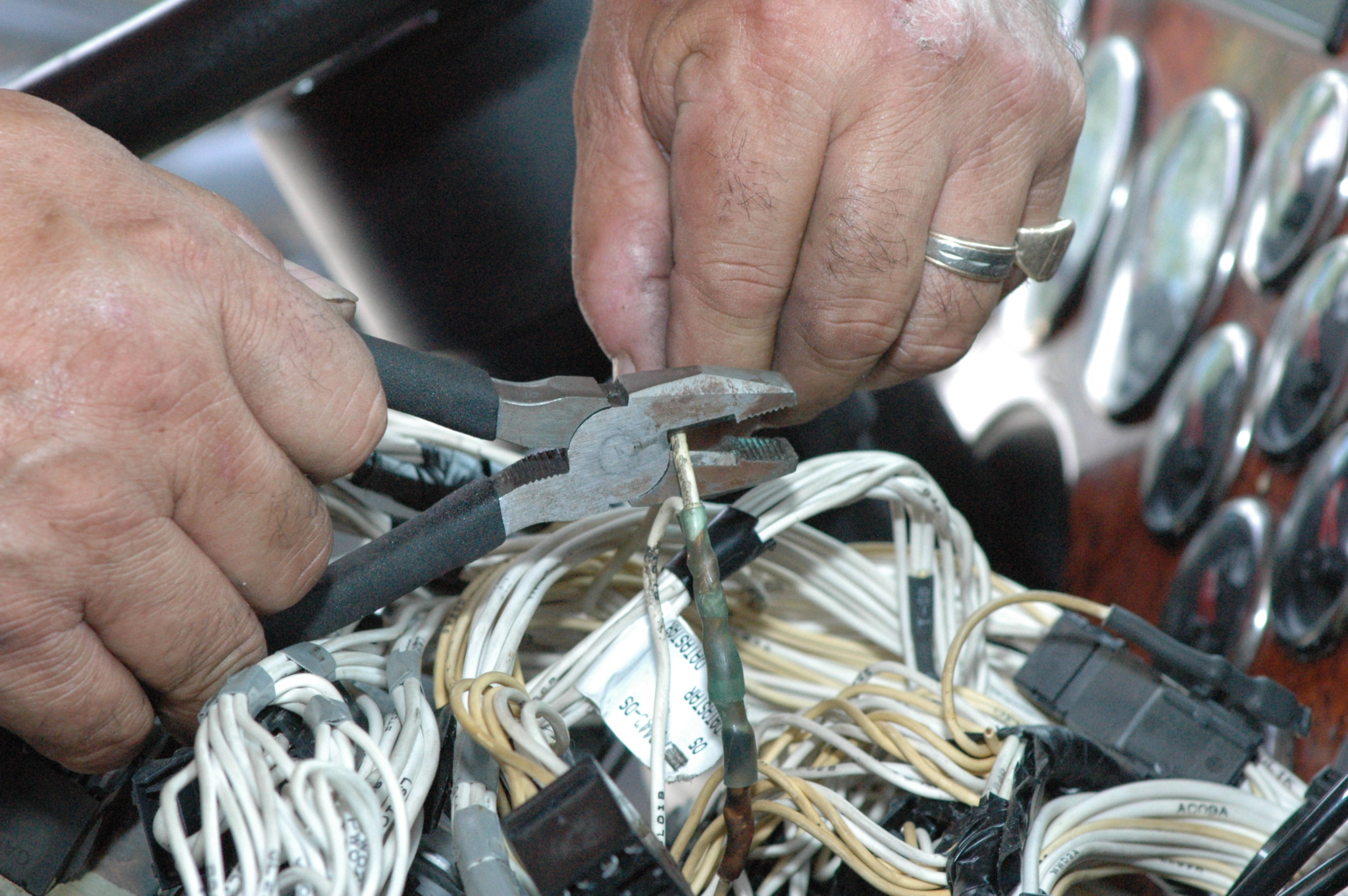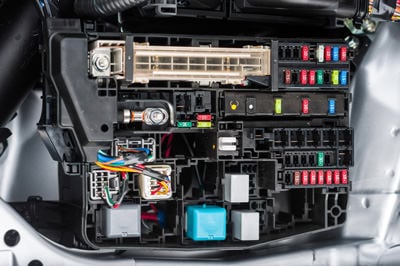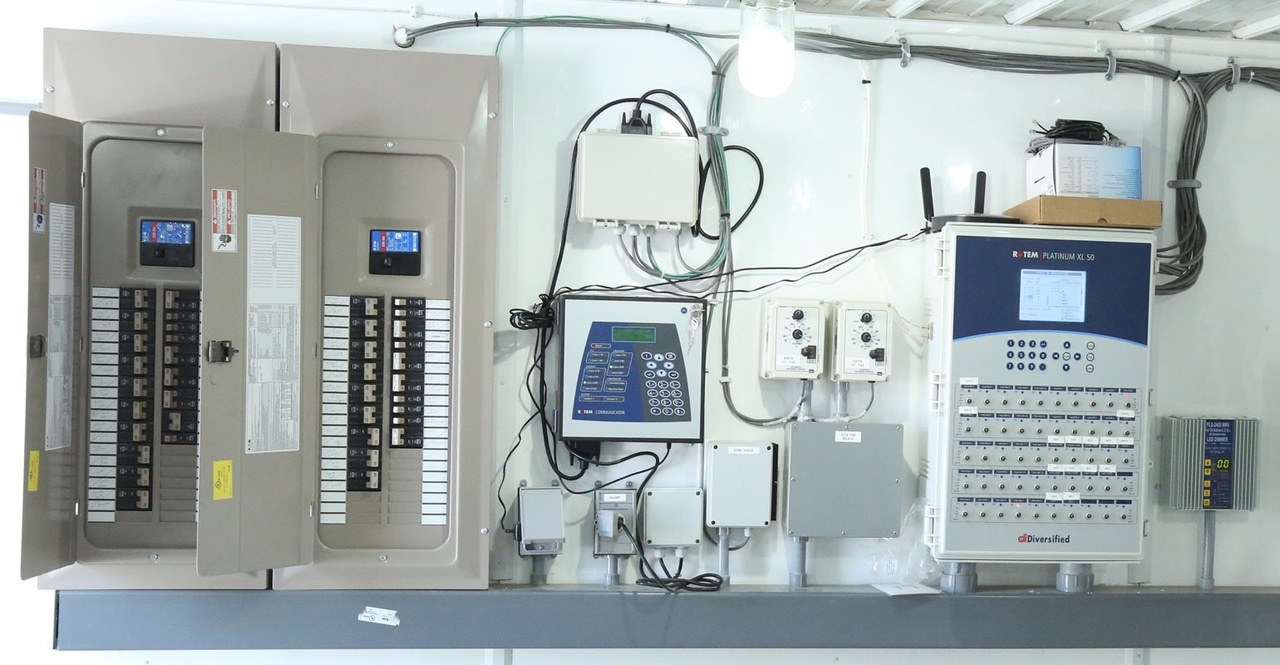Achieve adherence with dependable regulatory compliance assistance services.
Achieve adherence with dependable regulatory compliance assistance services.
Blog Article
Leading Tips for Effective Electrical System Troubleshooting
Fixing electrical systems requires a systematic method, grounded in a comprehensive understanding of electric concepts and safety and security protocols. By acquainting oneself with circuit components, making use of essential devices, and sticking to an organized examination technique, professionals can properly determine and settle issues. The subtleties of effective repairing expand beyond simple technological understanding; recognizing exactly how to document findings and focus on safety can dramatically affect results. As we explore these important components better, it ends up being clear that grasping this process is not just helpful yet necessary for success in the field.
Understand the Essentials
Recognizing the fundamentals of electric systems is necessary for efficient troubleshooting, as a strong foundation allows specialists to detect and deal with issues much more successfully. A thorough grasp of electric principles, such as voltage, current, resistance, and power, is vital in recognizing the origin of problems. Voltage is the electric prospective distinction that drives current through a circuit, while resistance opposes the flow of existing, influencing the overall functionality of the system.
Familiarity with circuit elements, consisting of resistors, capacitors, diodes, and changes, is additionally paramount. Each component plays a distinct role in circuit actions and can impact efficiency when malfunctioning. In addition, understanding series and parallel circuit setups is important, as these plans affect the distribution of voltage and present within the system.
Additionally, expertise of safety and security methods is indispensable. Professionals should understand prospective dangers, such as shock and short circuits, to implement risk-free troubleshooting methods. By mastering these fundamental concepts, technicians improve their capability to perform efficient diagnostics and repair work, ultimately resulting in boosted efficiency and reliability of electrical systems. This fundamental knowledge is the keystone of effective repairing undertakings.
Gather Necessary Tools
Effective troubleshooting of electric systems calls for the right collection of devices to detect and fix issues accurately. A well-equipped specialist can significantly improve effectiveness and efficiency in determining issues. Vital devices consist of a multimeter, which measures voltage, existing, and resistance, allowing for precise assessments of electric elements. Clamp meters are also beneficial for gauging current without disconnecting the circuit, making sure safety and convenience.
In addition, protected hand devices such as screwdrivers, pliers, and wire strippers are important for securely adjusting electric connections. It is likewise suggested to have a circuit tester on hand to confirm the visibility of voltage in outlets and wires. For more facility systems, a thermal imaging camera can help detect overheating elements, showing potential failings.

Follow a Systematic Technique
Having gathered the ideal devices, the following action in troubleshooting electric systems is to follow an organized strategy. A methodical technique makes sure that service technicians can determine faults efficiently and properly, reducing downtime and stopping unnecessary fixings.
Begin by examining the system's schematic layouts and requirements. Understanding the design and functional criteria will provide context for detecting issues. Next, separate the issue area by utilizing a procedure of elimination. This involves checking each part methodically, beginning with the power source and More Help functioning towards the load.
Utilize testing devices, such as multimeters and oscilloscopes, to gather objective data concerning voltage, current, and resistance at numerous points within the system. This empirical proof will lead your troubleshooting initiatives and aid to validate or get rid of prospective sources of failure.
Additionally, take into consideration environmental elements that might affect the system's efficiency, such as temperature level variations or dampness ingress. A comprehensive evaluation of circuitry, links, and components will certainly make sure that all opportunities are made up.
Paper Your Searchings For
Complete documentation is necessary in the continue reading this repairing procedure of electrical systems. This practice not just aids in comprehending the root reason of the issue however additionally offers as a recommendation for future fixing initiatives.

In addition, maintaining a log of components changed or repair services executed is important. This details sustains supply management and can help examine the long life and reliability of particular components.
Eventually, the documentation procedure need to be extensive yet concise, enabling easy site here access and testimonial - electrical system troubleshooting. By prioritizing comprehensive paperwork, service technicians can create an important expertise base that not only help in present troubleshooting but also equips future maintenance efforts, thereby boosting total system dependability

Prioritize Precaution
Acknowledging the inherent dangers related to electrical systems is vital for making certain safety and security throughout troubleshooting. Electrical shock, burns, and tools damage are just a few of the potential dangers that professionals encounter. Prioritizing safety and security procedures is not just a legal obligation yet additionally a moral vital that safeguards both the professional and the surrounding environment.
Before beginning any type of troubleshooting job, service technicians should put on appropriate personal protective equipment (PPE), including shielded gloves, shatterproof glass, and flame-resistant apparel. Making sure that the workplace is dry and without clutter can significantly minimize the danger of crashes. It is crucial to de-energize circuits before starting any kind of job, validating that they are not live via the usage of a multimeter or voltage tester.
Developing clear communication protocols with group members is likewise important; this ensures that everyone understands possible risks and the status of the electrical system being functioned on. Having an emergency response strategy in place can prove very useful in the event of an occurrence. By focusing on precaution, specialists can efficiently mitigate threats and promote a safer workplace.
Verdict
Efficient electrical system fixing counts on a thorough understanding of basic principles and a systematic approach. Prioritizing security measures guarantees the wellness of people involved and the stability of the electric system.
Report this page